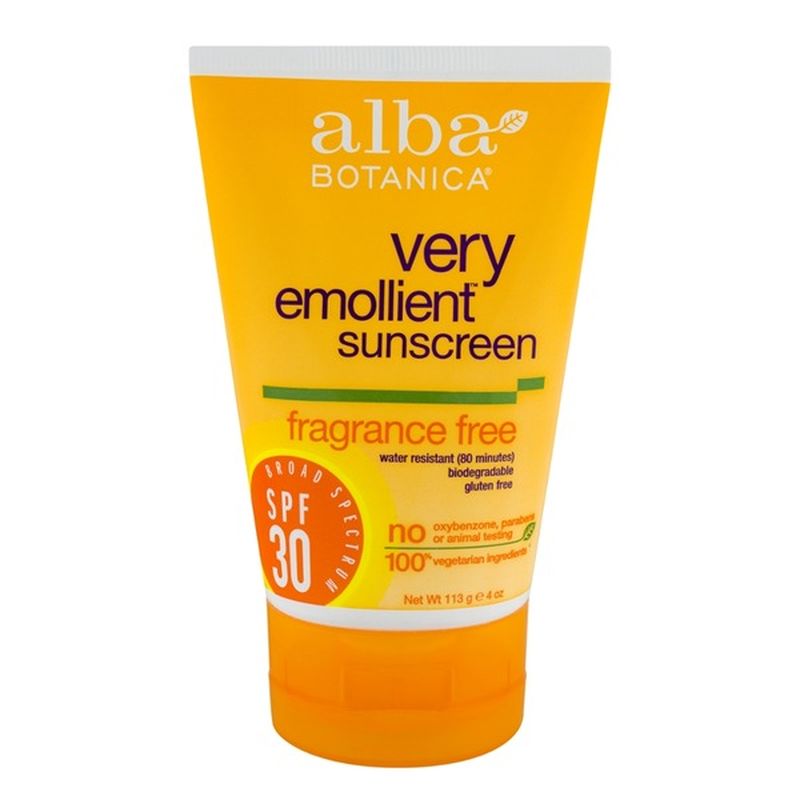

Best Overall: Kōkua Sun Care Reef Safe Natural Zinc Sunscreen SPF 50.Resources like the National Ocean Service and Save the Reef include many others in their HEL List of harmful and/or controversial ingredients, so check your labels before you apply your go-to sunblock. Unlike mineral sunscreens, however, the ingredients in chemical sunscreens do leach into marine environments, have been linked to reef degradation, and are found to have a negative impact on sea life and the ecosystem. These work by absorbing UV rays and turning them into heat that’s then dissipated from the skin. In particular, reef-safe sunscreen uses “non-nano” or non-nanoparticle-sized zinc or titanium, as studies have found nanoparticles to have toxic effects on aquatic organisms.Ĭhemical sunscreens, on the other hand, use ingredients such as oxybenzone and octinoxate to provide sun protection. They’re considered reef-safe or coral-safe because these ingredients don’t damage coral reefs, and aren’t found to be harmful to marine life.
#ALBA BOTANICA SUNSCREEN SKIN#
These mineral ingredients physically block UVA and UVB rays from entering the skin (which is why mineral sunscreen is also referred to as physical sunscreen).

What is reef-safe sunscreen? Simply put, it’s a mineral sunscreen that uses specific ingredients - namely zinc oxide and titanium dioxide - to protect skin from UV rays. It’s been proven that freshly applied sunscreen can be harmful to our ocean's disappearing coral reefs, which is why switching to reef-safe sunscreen is crucial as we get more proactive about preserving our marine ecosystems. When buying sunscreen, it’s super important to keep ingredients in mind - and we’re not just talking about ingredients that are safe for your skin.


 0 kommentar(er)
0 kommentar(er)
